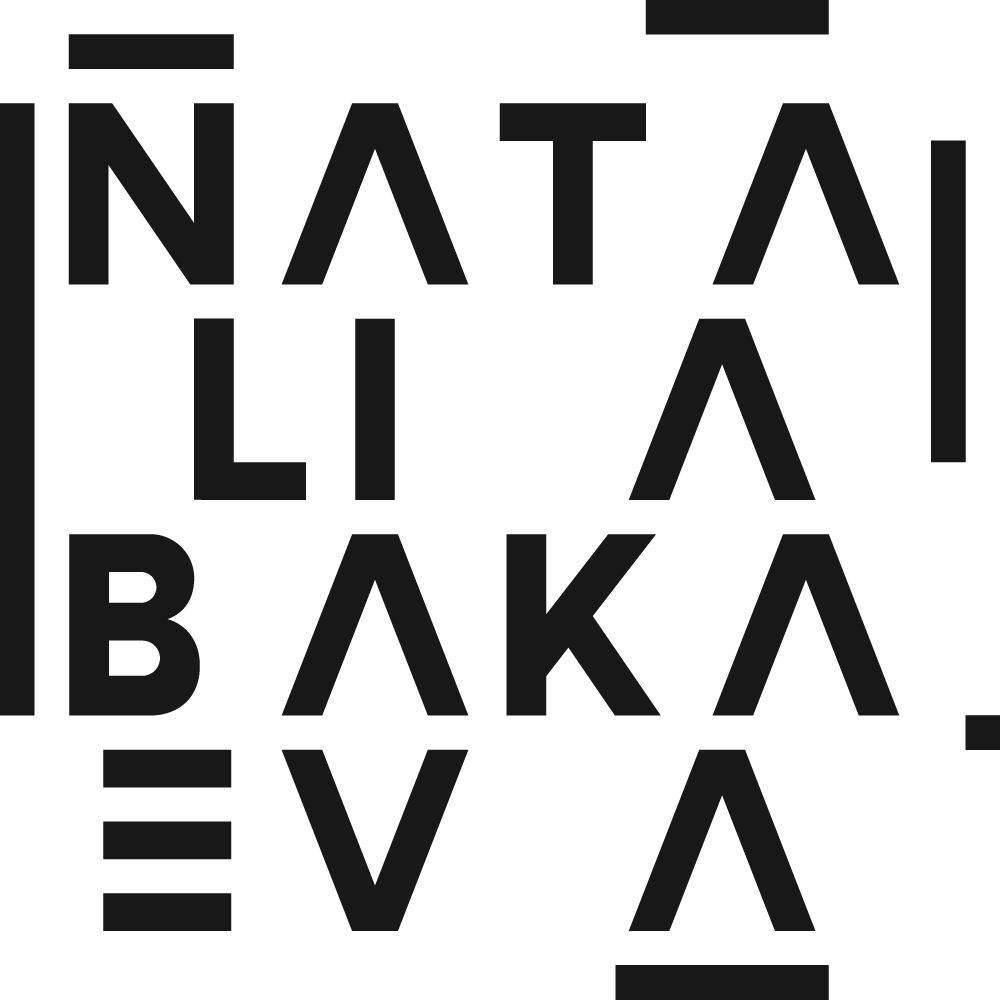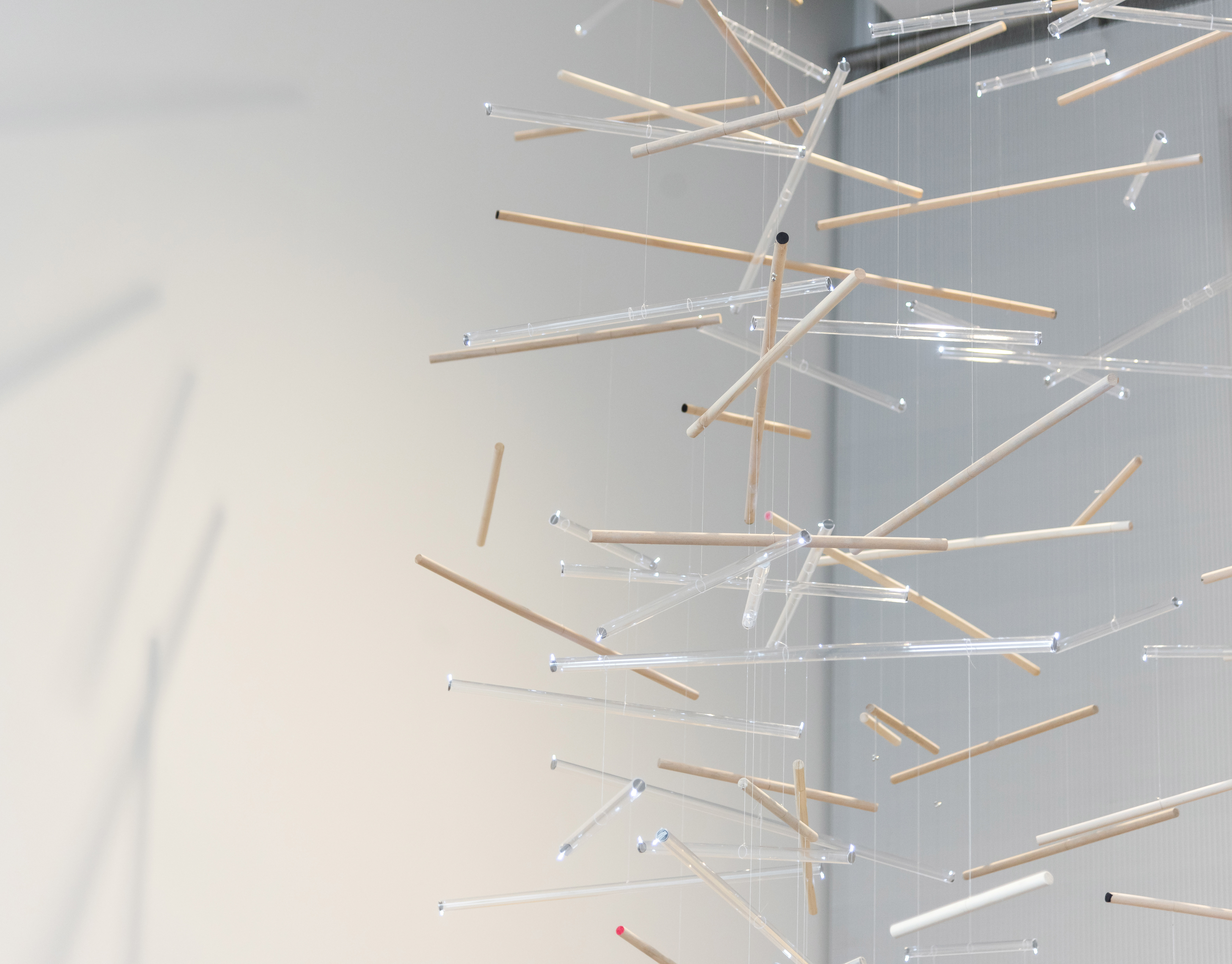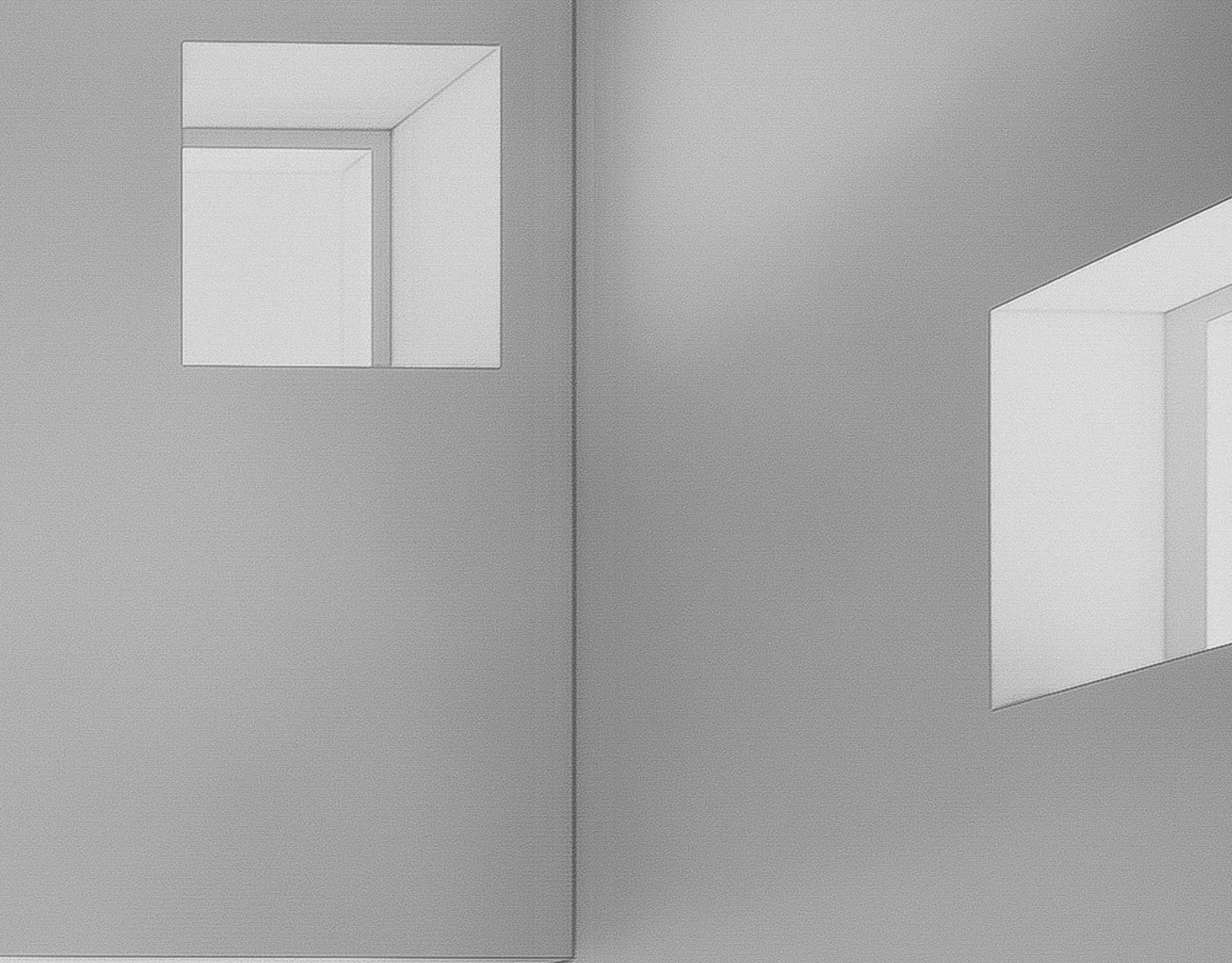INVERTED VALLEYS
Stage: Completed | Built in 2016 Design: 2016 Area: 8’ x 8’ | 2.4m x 2.4m Budget: $ Category: Art | Architecture Installation Inverted Valleys (2016) at the Evergreen Brickworks was part of a proposed series of laneway canopies that create inviting public spaces while leaving the area beneath freely passable and occupiable. As with all of the installations in this series, Inverted Valleys was site-specific and took its inspiration from the incredible location of Evergreen Brickworks in the Don River valley. Envisioned along the length of the 148-foot by 8-foot corridor the former brick kilns were three sections of canopy that represent the three major river valleys flowing through our uniquely ravine-laden city: The Humber, Don, and Rouge river valleys. Together forming a once continuous “inverted valley”, the viewer gazing upward would experience the topographical layout of Toronto’s major valleys from south to north, and west to east. It is also intended to work as separate pieces in addition to its intended continuous installation form, with the possibility of sections being located in interstitial urban spaces throughout the city such as alleys and laneways. Numbers and materials: using topographical data from the City of Toronto we were able to map the contours of the Don River Valley in five selected areas. These maps were then projected onto a 25mm x 25mm grid where different contour lines signify different dowel heights. While the planar scale is at 1:500, the scale in the vertical dimension has been exaggerated to 1:100 in order to dramatise the form. Thus, using approximately 11 000 individually placed dowels, ranging from 5cm to 45cm long, the first section of the Don Valley (Riverdale Park) slowly came to realisation. On June 4th, 2016, in partnership with Evergreen Brick Works and the 100in1Day festival, the first phase of this ravine-based installation was launched. The aim of Inverted Valleys is twofold: one hope is that the focus on the unique geography of Toronto’s ravine systems will encourage people to be more aware and appreciative of these incredibly valuable (but under-used) natural resources in our city. The second, more overarching aim is that the continued use of interstitial urban spaces (alleys, lanes, and corridors) for installation works such as this will allow people to rethink what is possible in terms of how we engage with the built environment. In both cases, the natural environment and the built environment, citizens should be taking better interactive advantage of the spatial opportunities we are so blessed with in Toronto. That way we can create a more eclectic and beautiful city together. In January 2020 the Inverted Valleys concept was revisited for the DesignTO Festival, creating a transparent, all-acrylic version of the installation, including all five sections of the Don River portion of the design. In collaboration with Mark Francis.










